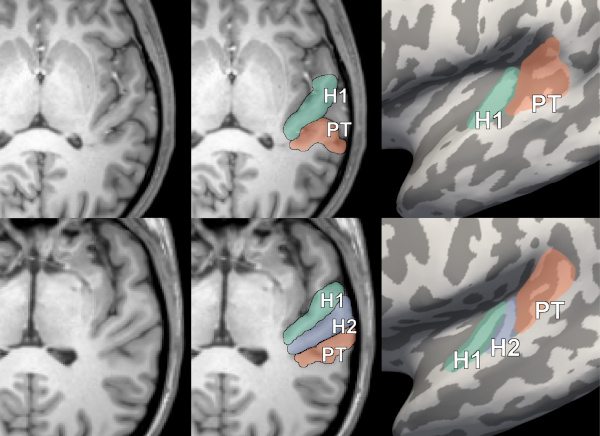New NIH-funded study of brain structure in dyslexia
The Perrachione Lab has been awarded a grant from the National Institutes of Health (NIH) to study differences in brain anatomy in individuals with dyslexia. This project will study a collection of brain scans from over 1,200 children and adults with dyslexia or typical reading. Using these brain scans, we will determine whether any features of brain anatomy (such as morphology, morphometry, and cortical geometry) are related to reading ability or reading impairment.

Led by the Perrachione Lab at BU, a nation-wide team of collaborators are contributing to this project, including scientists at MIT, Harvard Medical School, Massachusetts General Hospital, Boston Children’s Hospital, the University of Delaware, Northwestern University, and the University of Washington. This project is supported by the Eunice Kennedy Shriver National Institute of Child Health and Human Development (NICHD).
Title: “Cortical development and neuroanatomical anomalies in developmental dyslexia.”
Project Number: R03HD096098
Read more information about this grant on NIH RePORTER